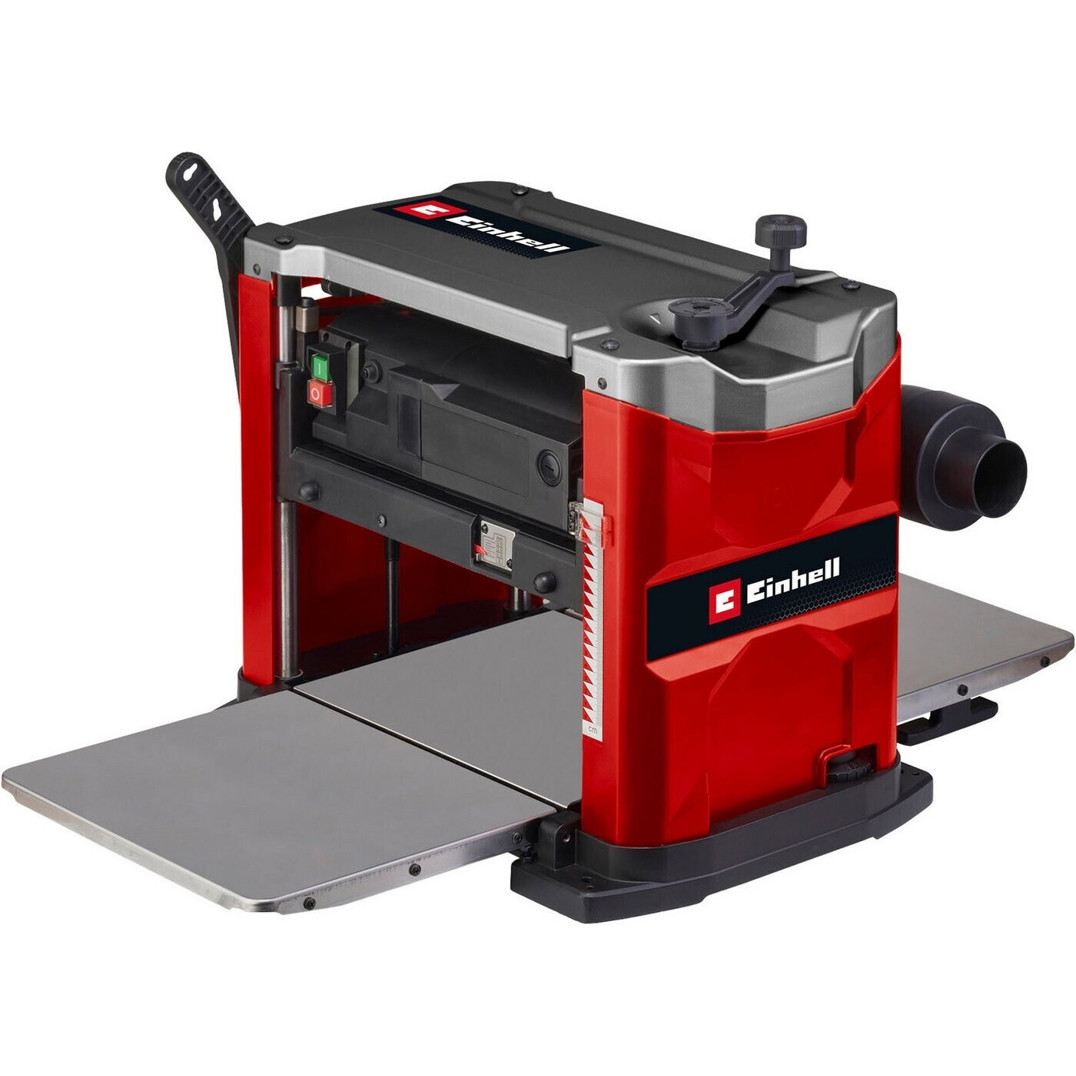Understanding the Planer Thickness Planer Combination Machine: A Comprehensive Guide
The woodworking and woodworking markets have known their fair share of developments that have actually drastically enhanced performance and accuracy. One such improvement is the planer thickness planer combination machine-- a flexible tool that has become progressively popular among hobbyists and specialists alike. This machine is a game-changer when it concerns dimensioning lumber, yielding a variety of advantages. Abricht Und Dickenhobel Günstig will delve into the features, benefits, and considerations of these combination makers, alongside a useful FAQ and comparison tables.
What is a Planer Thickness Planer Combination Machine?
A planer thickness planer combination machine combines two functions: a surface planer and a thickness planer. The surface area planer eliminates product from the faces of boards to make them flat, while the thickness planer decreases the general thickness of the boards, guaranteeing harmony and accuracy across the entire piece. The combination permits woodworkers to conserve both space and cash without compromising on efficiency.
Table 1: Key Features of a Planer Thickness Planer Combination Machine
| Function | Description |
|---|---|
| Performance | Integrates surface planing and thickness planing |
| Area Efficiency | Compact size saves office in little stores |
| Resilience | Often developed for sturdy use |
| Blade Type | Can feature either straight or spiral blades |
| Height Adjustment | Usually includes easy-to-use height adjustment |
| Dust Collection | Many models consist of integrated dust collection systems |
Benefits of Using a Combination Machine
- Space-Saving Design: In smaller sized workshops, space can be a luxury. By combining 2 makers into one, users can optimize their work space efficiency, leaving more space for other tools and products.
- Expense Efficiency: Purchasing a combination machine can lead to significant cost savings compared to purchasing specific devices. This makes it an attractive alternative for both amateur woodworkers and professional shops.
- Boosted Versatility: A combination machine provides dual performance, allowing for the execution of several jobs without altering setups or tools. This can enhance workflow and performance.
- Accuracy and Quality: High-quality combination devices are crafted for accurate cutting, causing much better surfaces and minimized waste. This accuracy can be important in making sure seamless joints and uniform thickness in woodworking projects.
Table 2: Advantages of Using a Planer Thickness Planer Combination Machine
| Benefit | Information |
|---|---|
| Space-saving | 2 machines in one, needing less room |
| Cost-efficient | Lower initial expense compared to separate systems |
| Workflow Optimization | Less downtime switching in between machines |
| Consistency in Quality | Uniform thickness and smooth surface areas |
Secret Considerations When Choosing a Combination Machine
Regardless of the numerous advantages, there are a number of factors to remember when selecting a planer thickness planer combination machine:
- Motor Power: The power of the motor will identify the machine's ability to handle different wood types and densities. Look for machines with powerful motors to guarantee smooth operation.
- Feeding System: A high-quality feeding system will add to constant outcomes. Look for devices that include roller or feed systems that can deal with different wood types.
- Table Size: A bigger table can support longer pieces of wood and add to better stability during operation.
- Relieve of Use: Check for user-friendly features such as height adjustment systems and instinctive controls, which can make operation much easier and more secure.
- Brand name Reputation: Research brands and check out consumer reviews to gauge the dependability and quality of the machine.
Table 3: Comparison of Popular Models
| Design | Motor Power (HP) | Table Size (inches) | Price Range (₤) |
|---|---|---|---|
| Model A | 3 HP | 12 x 24 | 1,200 - 1,800 |
| Design B | 2.5 HP | 10 x 20 | 800 - 1,200 |
| Design C | 3.5 HP | 14 x 28 | 1,500 - 2,300 |
| Model D | 2 HP | 12 x 30 | 900 - 1,300 |
Frequently Asked Questions (FAQ)
1. What types of wood can be used with a combination machine?
Combination devices can deal with a range of hardwoods and softwoods. However, it is necessary to be cautious with incredibly dense or resinous wood types that can dull blades rapidly.
2. How often should I change the blades?
Blades must be inspected routinely, and replacement is advised when they reveal signs of dulling. This can vary from every few months to annually, depending on usage and wood type.
3. Can I use a combination machine for plywood?
Yes, but caution is required. Plywood can splinter or chip, so using sharp blades and guaranteeing appropriate feeding rates can help accomplish tidy cuts.
4. Is a planer thickness planer combination machine suitable for beginner woodworkers?
Yes, it can be very ideal, especially in smaller workshops. Novices need to approach learning with safety in mind, comprehending the basics of the machine before usage.
5. Can you achieve the exact same outcomes with different makers?
While separate devices can offer specific features, a combination machine is developed to offer comparable performance and, in a lot of cases, more benefit and value.
In summary, the planer thickness planer combination machine represents a significant development in the woodworking sector. By integrating the functionalities of both a surface area and thickness planer, these machines enable area and cost savings while offering premium results. When considering a purchase, it is important to weigh the benefits versus the various elements, such as motor power, feeding system, and brand name track record. With the ideal model, lovers and experts alike can boost their woodworking tasks with extraordinary performance and accuracy.

